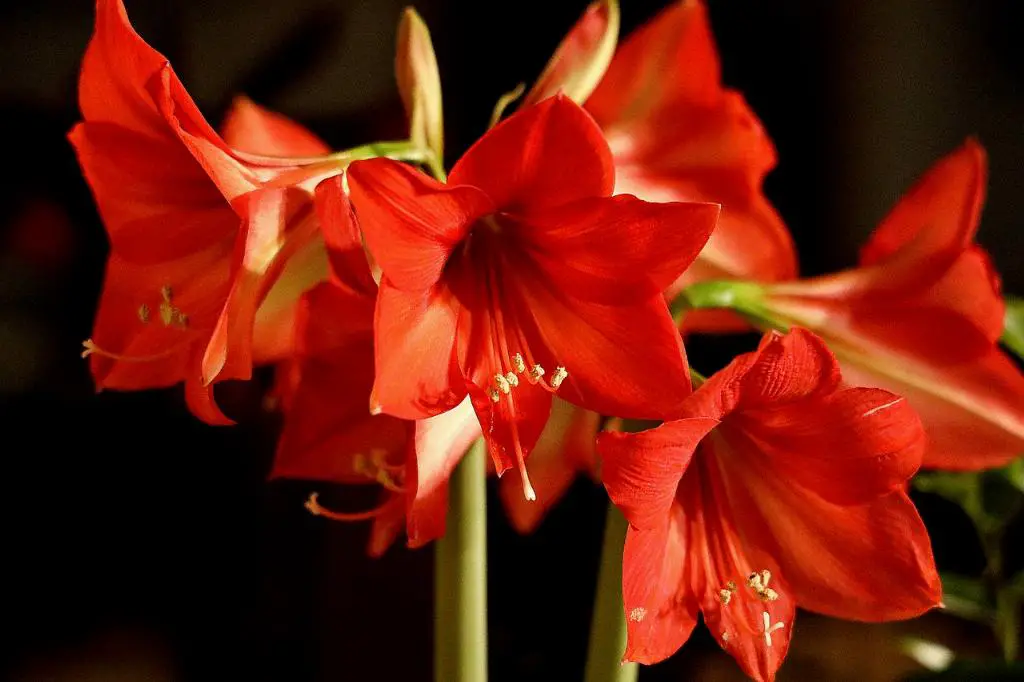When it comes to growing amaryllis outdoors, there are certain considerations to keep in mind to ensure the best possible results. Amaryllis bulbs can indeed be planted directly in the ground, but it is crucial to choose the right location for optimal growth.
If you reside in an area where temperatures do not drop below 10°F (typically Zones 8-10), or in Zone 7 for cold-tolerant species suitable for spring planting, then planting amaryllis outdoors can be a viable option. These zones provide the necessary climate conditions for the bulbs to thrive.
When selecting a site for planting your amaryllis bulbs, it is essential to choose a location that receives full sun exposure. Amaryllis plants require at least 6-8 hours of direct sunlight daily to ensure healthy growth and vibrant blooms.
In addition to sunlight, soil quality is another critical factor to consider when planting amaryllis outdoors. It is imperative to select a site with well-drained soil to prevent waterlogging, which can lead to root rot and other potential issues that may hamper the plant’s growth.
Before planting your amaryllis bulbs outdoors, it is advisable to prepare the soil adequately. Ensure that the soil is loosened to a suitable depth and amend it with organic matter, such as compost, to improve its fertility and drainage capabilities, creating an ideal growing environment for the bulbs.
When planting amaryllis bulbs outdoors, the timing is crucial for successful growth. It is generally recommended to plant the bulbs in the early spring, allowing them ample time to establish their roots and prepare for the blooming season ahead.
Once you have planted your amaryllis bulbs outdoors, it is essential to provide them with proper care and maintenance to support their growth and development. Regular watering, especially during dry periods, and fertilizing can help promote healthy foliage and robust flowering.
As the amaryllis plants start to grow and bloom, it is important to monitor them closely for any signs of pests or diseases. Taking proactive measures to address any issues promptly can help protect the plants and ensure they continue to thrive in an outdoor setting.
During the growing season, it is recommended to deadhead the fading blooms to encourage the plant to redirect its energy towards producing more flowers. Removing spent flowers can also improve the overall aesthetic appeal of the plant.
As outdoor conditions may vary depending on your location, it is crucial to monitor the weather and protect your amaryllis plants from any extreme conditions, such as frost or excessive heat, to prevent damage and promote healthy growth.
With proper care and attention, planting amaryllis bulbs outdoors can be a rewarding experience, allowing you to enjoy the beauty of these exquisite flowers in a natural setting. By following these guidelines and providing the necessary care, you can create a stunning outdoor display that showcases the splendor of amaryllis blooms.

